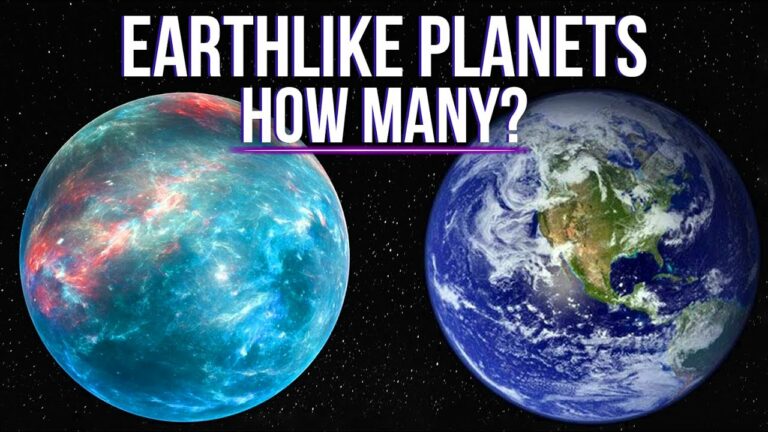How Many Earth Like Planets Are In The Universe?
With an Earth Similarity Index of 0.91: Luyten b!
Luyten b is a rocky exoplanet orbiting within the habitable zone of the nearby red dwarf Luyten’s Star, in the constellation Canis Minor (just to the right of the bright star Procyon). With a visual magnitude of 9.9, it’s too faint to be viewed with the unaided eye.
With an Earth Similarity Index of 0.94: Gliese 581 g!
Gliese 581g, discovered in 2010, is an extrasolar planet that orbit the star Gliese 581, approximately 20.4 light years from Earth in the constellation Libra. It is notable as it is thought to be in the middle of the habitable zone of its star.
With an Earth Similarity Index of 0.95: TRAPPIST-1e !
TRAPPIST-1e is an almost Earth-sized terrestrial extrasolar planet orbiting around the ultra-cold dwarf star TRAPPIST-1, located approximately 39 light-years away from Earth in the constellation Aquarius.
T present, it raises the chances for the planet to have a more Earth-like atmosphere instead.
With an Earth Similarity Index of 0.95: Teegarden b !
Teegarden b is an exoplanet found orbiting within the habitable zone of Teegarden’s Star, an M-type red dwarf in the constellation Aries, about 12 light-years from the Solar System.
With an Earth Similarity Index of 0.98: KOI-4878.01 !
Discovered in 2015, KOI-4878.01 is an extrasolar planet that orbits the F-type main-sequence star KOI-4878.
It is located about 1075 light years from Earth in the constellation Draco.
. Kepler-438B
In terms of hope, it’s unlikely at present that Kepler-438B would be a planet we would reach in the near future. Because this planet (discovered in 2015) is actually 470 light years from Earth. That being said, it might just be the planet we need right now, as it’s been deemed one of the most Earth-like planets in the entire universe.
. Kepler-452B
What’s with all the Keplers? Ok, that’s not really a question I was just curious after having two of these back to back.
. Kepler-186f
Another Kepler planet, this one was actually the first planet to be defined as Earth-like because it lived in the “habitable zone” of a star.
. Barnard’s Star b
Found in 2018, and located a mere 6 light years away from Earth (that’s really close for the record), Barnard’s Star b is the 2nd-closest exoplanet to Earth right now.
. Proxima-B
Remember when I said that barnard’s Star B was the 2nd-closest exoplanet to Earth? Well, here’s No.1 Proxima-B is only 4.2 light years away from Earth, and it was found in 2016.
. Kepler-62F
Oh yeah, another Kepler planet, but also another “Super Earth”, and was discovered in April of 2013. One of the biggest differences between Kepler-62F and other planets on this list is its star. Because the star that the planet orbits is actually 7 billion years old. In terms of star life, that’s pretty long.
Still, scientists believe it could support life. But given the planets nature, it would likely be localized to certain areas of the world.
. Kepler-22b
Found 600 light years from Earth, Kepler-22b is within the Habitable Zone of its star. As well as being twice the size of Earth, the yearly rotation is somewhat similar to our own at about 292 days.
Do not forget to share your opinion with us to provide you with the best posts !




0 Comments